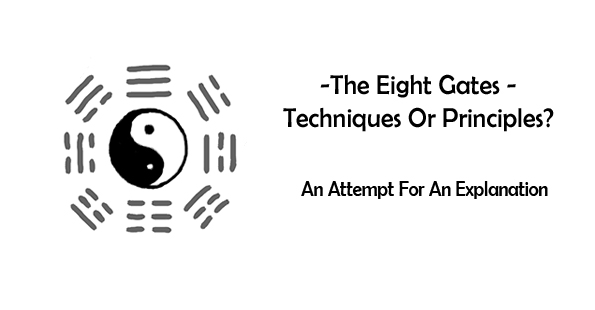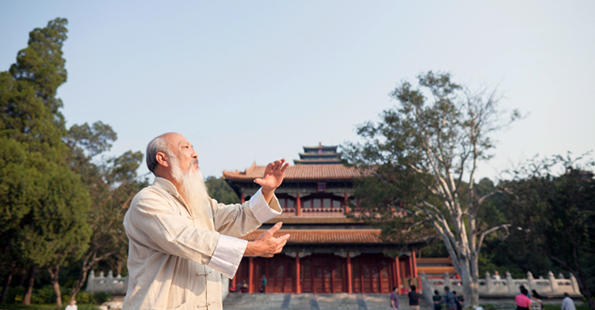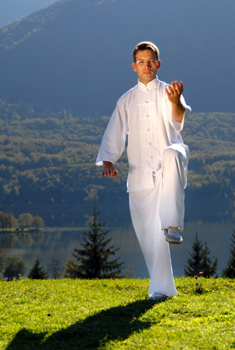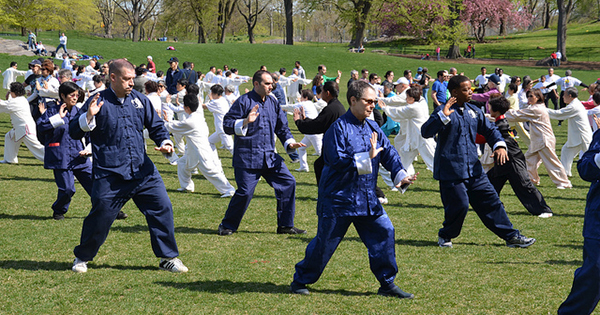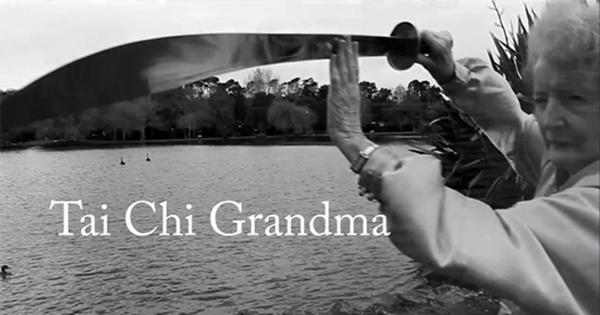– An Excerpt from an upcoming book by Andrew Townsend –
Although we are students of t’ai chi ch’uan, it is important for us to recognize that we are also students of T’ai Chi. To a Taoist, T’ai Chi is bigger than the Chinese martial art that bears its name. The principles of T’ai Chi are applicable to a wide range of circumstances and include both natural phenomena and human affairs. These principles are all-encompassing and eternal and were originally formulated by the ancient Chinese sages. References to T’ai Chi, Heaven and Earth, yin-yang, and ch’i appear in the earliest of recorded Chinese writing.
The principles of T’ai Chi have provided a common foundation for much of Chinese philosophy, including the two most prominent schools, those of Taoism and Confucianism. The same principles underlie traditional Chinese medicine, as well as the healing art of ch’i gung. T’ai Chi principles also form the basis of Yang style t’ai chi ch’uan. Other, lesser known Chinese martial arts also have their roots in the principles of T’ai Chi. It is not an exaggeration to say that T’ai Chi was central to traditional Chinese culture, philosophy, science and art.
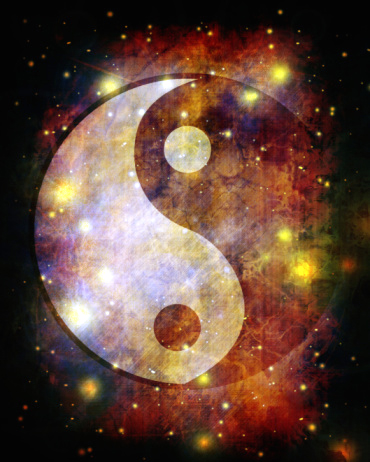 Once one begins to be aware of T’ai Chi and its importance to both natural phenomena and human affairs, it is becomes possible to perceive the presence of these principles everywhere around you. However, it is often necessary to have one’s eyes opened, both literally and figuratively, in order to “see” the workings of T’ai Chi.
Once one begins to be aware of T’ai Chi and its importance to both natural phenomena and human affairs, it is becomes possible to perceive the presence of these principles everywhere around you. However, it is often necessary to have one’s eyes opened, both literally and figuratively, in order to “see” the workings of T’ai Chi.
I was fortunate to have had my eyes opened some twenty years ago by Master James Huang of Honolulu, Hawaii. Master Huang and I would normally meet in the mornings to practice t’ai chi ch’uan and pushing hands in a small park before he met with his patients. Often, after practicing the form and playing pushing hands, we would sit on a bench and meditate for a while. One morning after meditating, Master Huang noticed a neighborhood cat slowly and silently approaching a bird perched in a branch of a low tree. The cat moved with such precision and grace that it reminded me of a leopard stalking an antelope.
Master Huang turned to me and said, “Look at that cat. It is doing t’ai chi.” We both watched the cat and marveled at how it moved, advancing with “cat steps” just like Master Huang had taught me to advance in the form. Eventually the bird became aware of the cat’s intentions, ruffled its feathers, and flew off squawking indignantly. The formerly-stalking leopard transformed itself back into a simple house cat and sauntered off nonchalantly.
Master Huang then looked at me and made a pronouncement that I will remember for the rest of my life. He said simply, “Everything is T’ai Chi.” We sat together for a few moments with this weighty statement settling into the silence. Then Master Huang spoke again, “Everything is T’ai Chi.” By this time, I had been studying with Master Huang for several months. I had come to realize that when he repeated himself, which was not often, it meant that I was to pay special attention to what he said or had shown me. In this particular instance he made no further comment.
It is important to explain at this point the difference between T’ai Chi and the martial art of t’ai chi ch’uan. According to ancient Chinese philosophy, T’ai Chi is born out of the formless Void when it begins to move and divides into Heaven and Earth. Heaven and Earth possess the characteristics of yang and yin respectively and are the progenitors of “the ten thousand things”, which is to say all of creation. T’ai Chi also includes the underlying principles from which the laws of nature are derived. As such, T’ai Chi governs the natural universe.
In the world view of the ancient Chinese philosophers, Man occupies a unique position between Heaven and Earth. According to T’ai Chi theory, Man is also governed by the principles of T’ai Chi. By formulating an overarching explanation of the existence and functioning of both the natural world and society, T’ai Chi theory provides us with a complete and comprehensive perspective on life and the cosmos. T’ai Chi theory represented to the ancients what the Big Bang theory, combined with Universal Field theory, is to modern-day physicists.
As its name implies, the martial art of t’ai chi ch’uan is based upon the principles of T’ai Chi. The Chinese character for ch’uan is usually translated as “fist” and may be more generally interpreted as “fighting style”. So, t’ai chi ch’uan is the fighting style based upon Tai Chi, the “supreme ultimate.”
Let me return to the words of Master Huang. Normally, when Master Huang used the words, “t’ai chi”, he was referring to our art, t’ai chi ch’uan. In all the time we spent together he never used the full name, “t’ai chi ch’uan”. This is common in the world of Chinese martial arts, where “t’ai chi” is recognized to mean “t’ai chi ch’uan”. At the time when Master Huang made his simple statement, “Everything is t’ai chi.” I assumed he was referring to the martial art that he was teaching me.
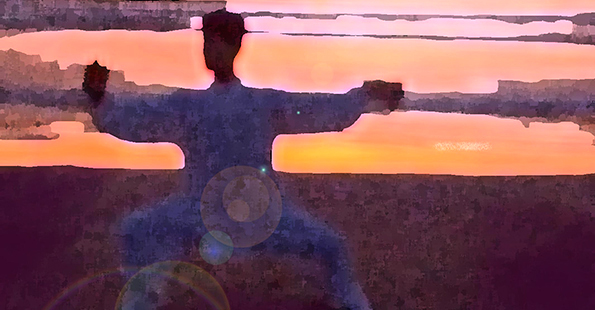
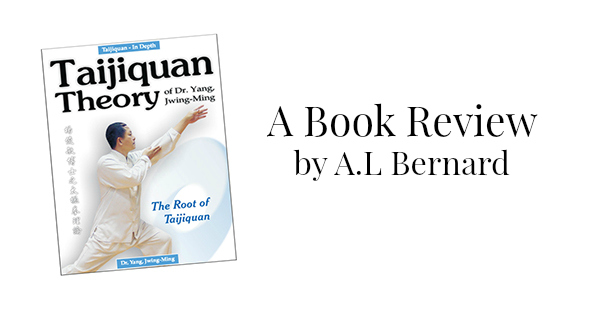
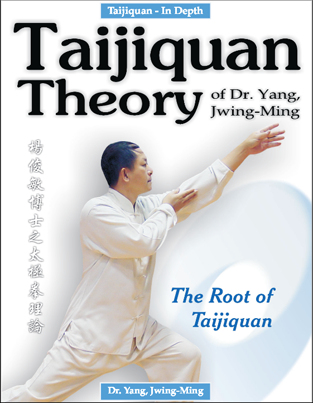

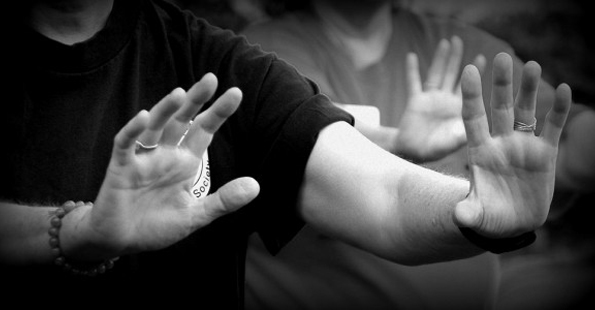

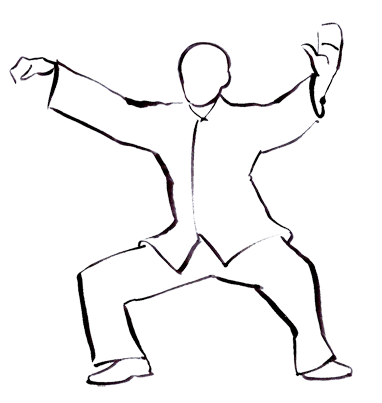 So where does Tai chi and Qigong fit in? Two broad groups seem to be catered for at present – The first is the enthusiasts, of course I count myself amongst them.
So where does Tai chi and Qigong fit in? Two broad groups seem to be catered for at present – The first is the enthusiasts, of course I count myself amongst them.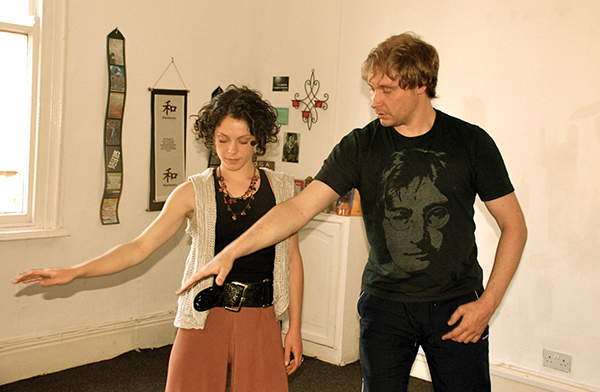 For us now it is a matter of preservation and accessibility, not everyone will want to train to the same level and all will have their own wants and needs. We just need to establish and preserve the download.
For us now it is a matter of preservation and accessibility, not everyone will want to train to the same level and all will have their own wants and needs. We just need to establish and preserve the download.